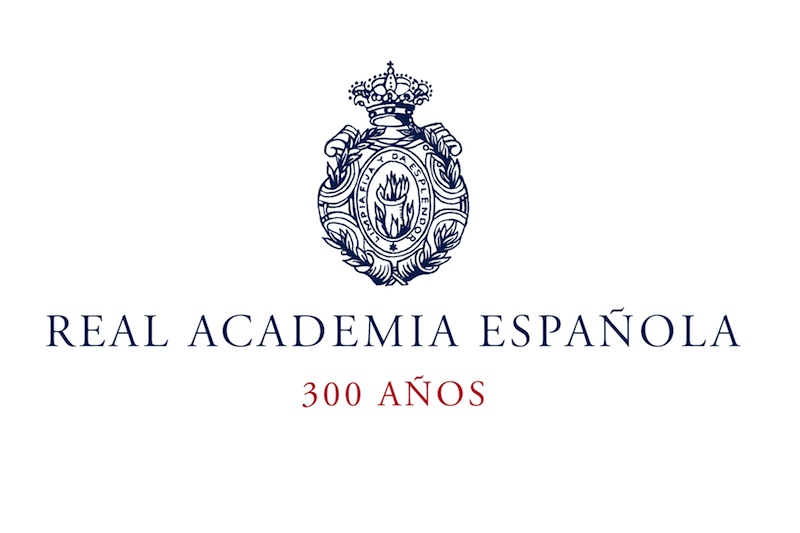In October 1714 King Philip V recognised the existence of the academy in a royal order. Its members published the Diccionario de autoridadesin 1726 and completed its six volumes in 1739 – quite a record considering the means available at the time. It was followed a grammar book, a spelling book and editions of classical works such as the famous illustrated Don Quixoteof 1780.
Three centuries providing a service to the Spanish language which, following the emergence of the new technologies in the last third of the twentieth century, has brought major changes to the work of this institution, whose major reference works are prepared in coordination with the other 21 Spanish language academies.



